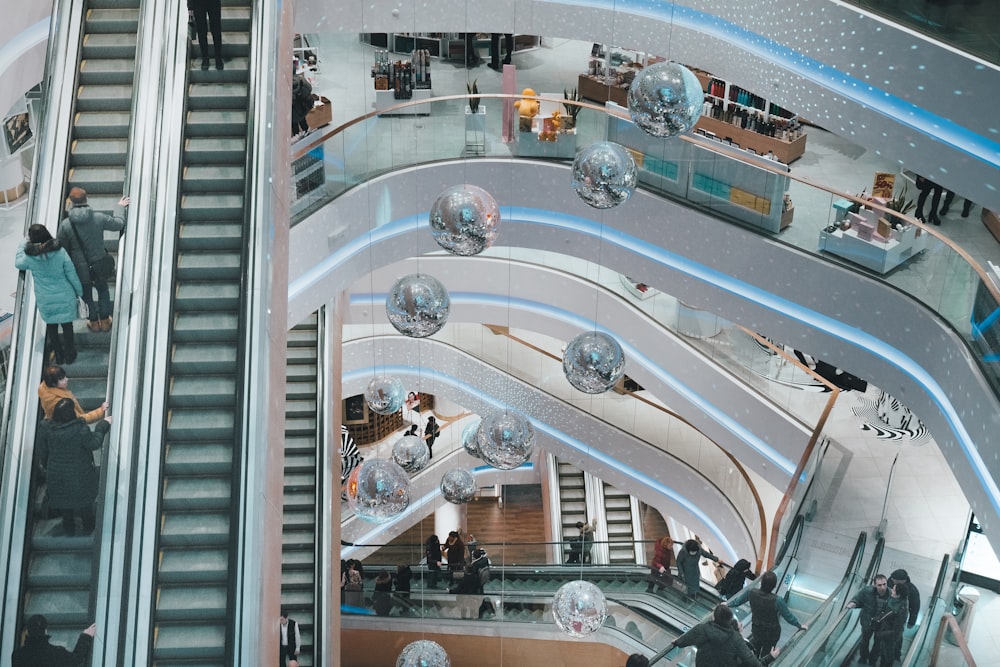Amidst the growth of retail tech in Southeast Asia, 2019 saw the closure of eight well-known retail brands in Singapore. It’s no wonder some fear for the future of the country’s retail industry.
In light of this, the industry’s possible next move is adopting a hybrid strategy encompassing both traditional retail and eCommerce, to match regional and international competitors. Today’s tech-savvy customers have long supported developments such as peer-to-peer sales and marketplace platforms. Now, it’s up to the nation’s retailers to make use of the available technology to create a competitive edge – turning numbers and data into practical tactics and strategies. Singapore’s retail tech startups have paved the way in the following fields, designing targeted, behaviour-driven and seamless shopping experiences both online and offline.

Internet of Things
We are in the Internet of Things (IoT) age where devices connected to the internet can receive and transmit data to other devices using wireless connections. McDonald’s automated checkout counters are the perfect example of where you can order a Happy Meal and pay for it without even speaking to an employee.
Location-aware alerts are a recent development that senses consumers within proximity and offers retail customisation based on previous purchasing behaviour. Singapore’s world-class Changi Airport has been implementing this: personalising not only digital displays outside storefronts but even notifications of product promotions, food availability and plane timings based on “real-time user behaviour”. You’ll never again have to worry about navigating its terminals or meeting your plane schedules.
Sephora outlets across the country are also implementing IoT’s Augmented Reality technology. Using iPads or internet-connected mirrors, they offer visual projections of products on shoppers’ faces, helping consumers make better-informed decisions for a more satisfactory shopping experience.
Computer vision technology
It’s no secret that product placement can significantly affect sales. Through computer vision technology from Trax, one of Singapore’s freshly-minted unicorns, retailers can now check out their products’ shelving strategy and its effectiveness in real-time. This data can be analysed and compared within and across markets for an in-depth understanding of how the brand fares against its competitors. With insights across industries, the platform also suggests customised strategies for sales growth, replacing brands’ stressful guesswork with straight-forward, data-driven decisions.
Deep multimedia analytics
YouTube is just one platform containing a treasure chest of data stored in the medium of video. However, due to its complex nature, image and video analysis growth strategies are largely untapped by businesses worldwide, retailers included.
Enter Graymatics – a multimedia analytics platform. Its retail solutions include intuitive machine learning technology that examines the unique visual attributes of a product, links it to similar brands or merchandise found in visual media, and curates personalised recommendations for individuals. Over time, the platform harnesses consumer data to generate in-depth insights into a retailer’s customer base, enabling brands to peel back the layers to get to the core of their customers’ purchasing preferences.
Omni-channel operating systems
As the saying goes , “time is money”. In the fast-paced retail world, this certainly rings true. As such, efficiency begets profits, and omni-channel operating systems like StoreHub provide just that. StoreHub started as a point-of-sale system but has since grown into an integrated network of systems including a QR code-activated loyalty cashback programme, a table-booking system, and even an eCommerce platform. Having this network stored in the cloud and backed by unlimited live support enhances productivity, empowering retailers across Southeast Asia to automate the growth of their sales and customer pool, freeing up resources for more high-level decisions.
The best is yet to come

Singapore’s retail tech startup scene may have bold pioneers leading the way, but there is still much to do for the nation’s successful pivot towards a more robust online-and-offline hybrid strategy. Many retailers, especially neighbourhood mom-and-pop shops and smaller local brands, have yet to come onboard the retail tech ship. To support brands through this monumental transition, KPMG Singapore’s Head of Consumer & Retail has three suggestions.
Firstly they suggest offering tax incentives that support business innovation by covering the designing of omni-channel strategies, data analytics, tech equipment and staff training. Secondly, by securing top-tier retail brands’ headquarters in Singapore, they suggest aid is given to establish it as an international retail hub. This variety and convenience booster can go a long way in attracting hordes of global consumers. Finally, they suggest the provision of monetary considerations like training grants and additional SkillsFuture Credits to encourage retailers, especially smaller resource-strapped brands, to upskill their workforce in preparation for the transition.
******
With well-prepared retailers, a revitalisation of the retail scene is inevitable. Other industries like consumer analytics, fintech, logistics and transport are also set to benefit from positive spillover effects. Hence, this win-win strategy is one to double-down on, to secure Singapore’s position in the retail tech scene in Southeast Asia and beyond.

I wonder how the pandemic is going to compound Singapore’s retail industry problems. There’s only so much a pivot to IoT and planogram support can create. Wishing all the best.